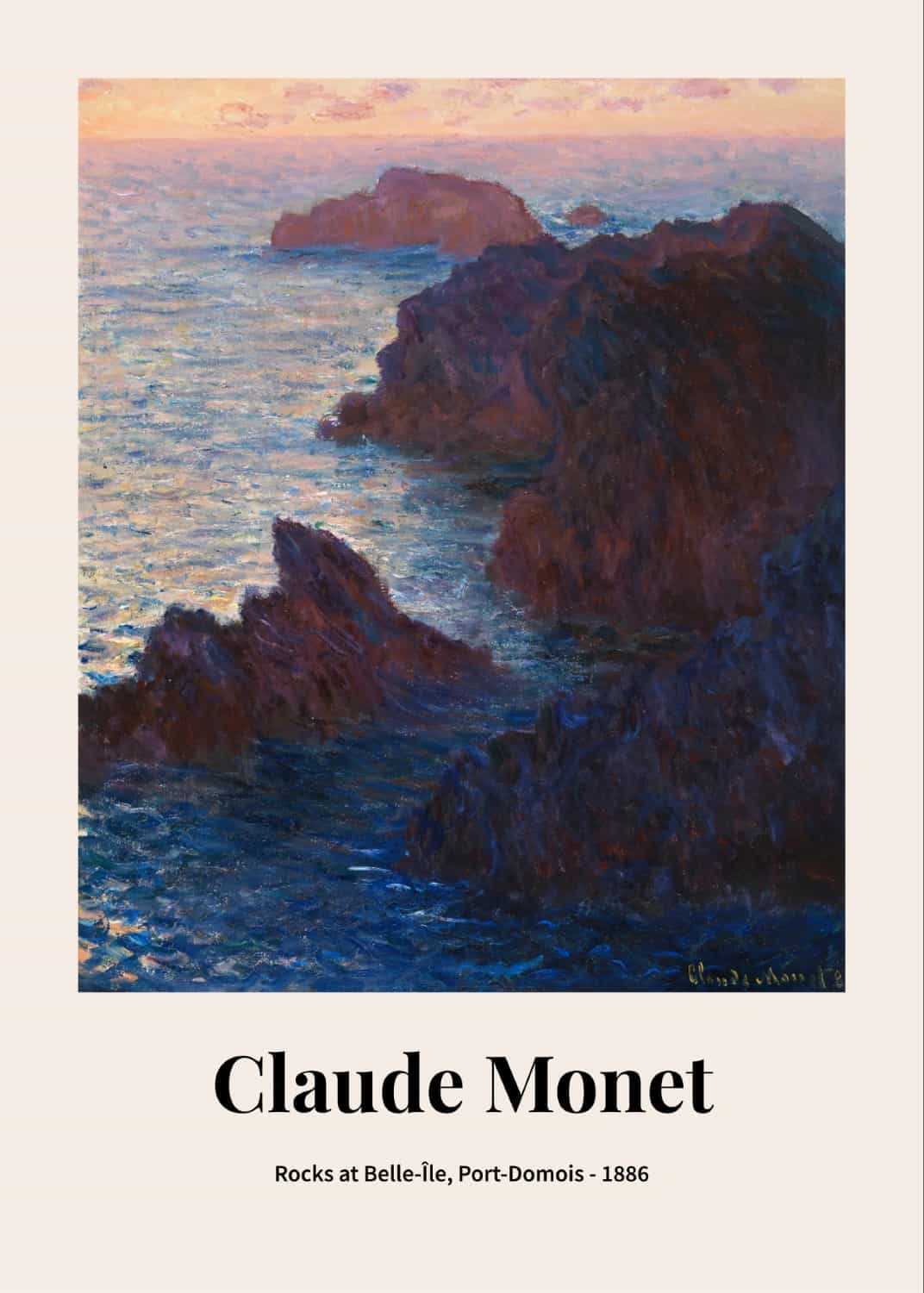Claude Monet - the father of impressionism and his exceptional work
Claude Oscar Monet, born on November 14, 1840, in Paris, is widely recognized as one of the most important creators and pioneers of impressionism. His artistic journey began with caricatures created with charcoal, which he sold to the residents of Le Havre, where he spent his youth. Under the guidance of Eugene Boudin, Monet began learning painting techniques and the use of oil paints, which provided the foundation for his later work. A breakthrough moment in the artist's career was the painting "Impression, Sunrise" in 1872, which gave its name to the entire artistic movement. The work depicting the view of the port in Le Havre at sunrise, with characteristic loose brushstrokes and the play of light on water, became a manifesto of a new approach to painting. Monet focused on capturing fleeting moments, the variability of light and color, which was revolutionary compared to the academic painting of those times.
The most famous paintings of Claude Monet - masterpieces of impressionist genius
Claude Monet's work includes a number of extraordinary pieces that continue to delight art lovers around the world. Among the artist's most famous paintings are thematic series in which Monet painted the same motif in different lighting and atmospheric conditions, showing how the perception of a given place changes depending on the time of day, year, or weather conditions. The "Water Lilies" series, consisting of over 250 paintings, was created in the artist's garden in Giverny and is Monet's most recognizable cycle. The artist also created a series of paintings depicting Rouen Cathedral at different times of the day, showing how changing light affects the perception of architecture. Other famous series include "Haystacks," "Poplars," and views of London with the characteristic depiction of Parliament in the fog. Monet's most valued individual works include "Woman with a Parasol," "The Artist's Garden at Giverny," "Impression, Sunrise," "Water Lilies," "Bridge over a Pond of Water Lilies," and "Poppies" - a painting showing a field of red flowers that has become one of the symbols of impressionism.
Claude Monet's painting technique and style - how to recognize his characteristic paintings
Claude Monet developed a unique painting style that revolutionized the way of looking at the world and reproducing it on canvas. The characteristic features of his work are primarily the tendency to paint directly outdoors, which allowed him to capture the natural light and atmosphere of a given place. The artist used a technique of quick, visible brushstrokes, creating dynamic compositions full of life and movement. Monet's color palette was extremely rich, dominated by vivid, intense colors. The painter masterfully operated with light, rendering its reflections and refractions on water surfaces, flowers, building facades, or landscapes. Over time, his works became increasingly abstract, especially in the late "Water Lilies" series, where color and light almost completely dominate over form. Monet rarely used black in his paintings, preferring to mix complementary colors to obtain shadows, which gave his works extraordinary luminosity. This innovative painting technique influenced subsequent generations of artists and became one of the foundations of modern painting.
Gardens in Giverny - Claude Monet's inspiration and kingdom
In 1883, Monet moved to Giverny, a small town located about 80 kilometers from Paris, where he created his legendary garden. It was this place that became his greatest inspiration and the subject of countless paintings in his later period. The artist himself designed plant compositions, creating a space that was to serve not only as a place of rest but above all as a living painting studio. The garden in Giverny consisted of two parts: Clos Normand, with geometric flower beds full of roses, irises, poppies, and other flowers, and the Water Garden with a characteristic pond with water lilies and a Japanese bridge. The latter became the subject of Monet's most recognizable works, in which the artist explored the play of light on the water surface, reflections of plants, and the variability of colors depending on the time of day and year. Today, the Gardens in Giverny are one of France's most popular tourist attractions, and art lovers from around the world can see for themselves the landscape that so inspired the master of impressionism. Our posters with reproductions of paintings depicting the gardens in Giverny allow you to bring part of this magical place into your own home.
Monet's series of paintings - fascinating studies of light and color
One of the most innovative aspects of Claude Monet's work was his famous series of paintings, in which the artist painted the same motif multiple times, in different lighting and atmospheric conditions. This concept was revolutionary for the painting of the time and was a perfect reflection of the idea of impressionism - capturing the fleeting moment and the changeability of nature. The most famous series are "Water Lilies," "Rouen Cathedral," "Haystacks," "Poplars," and "London Parliament." In each of them, Monet studied how the perception of the same object changes depending on light, time of day, year, or weather conditions. For example, the series of paintings depicting Rouen Cathedral consists of over thirty canvases, showing the western facade of the building at different times of the day - from foggy morning, through full midday sun, to golden sunset. These serial studies of light and color were not only an expression of the artist's fascination with the changeability of nature but also a search for new means of expression in painting. These works continue to delight with their subtlety and sensitivity to the most delicate shades of light.
Poppies, water lilies, and flowers in Claude Monet's work - impressions of nature
Flowers were one of Claude Monet's favorite painting motifs, and he was able to capture their ephemeral beauty and variability in an extremely suggestive way. His paintings depicting poppies, water lilies, irises, roses, and other flowers are not merely realistic representations of nature, but rather an impression, the artist's personal feeling, conveyed through color and light. The painting "Poppies" from 1873, depicting a field of red flowers with walking figures, has become one of the symbols of impressionism. The intense red of the poppies contrasted with the green of the grass and the blue of the sky creates an extremely vivid and energetic composition that perfectly captures the atmosphere of a summer day. However, the most famous floral motif in Monet's work is water lilies (nenuphars), which the artist painted obsessively for the last thirty years of his life. These paintings, initially quite realistic, became increasingly abstract over time, transforming into almost pure studies of color and light. Late paintings from the "Water Lilies" series are considered precursors to the abstract expressionism of the 20th century.
Reproductions of Claude Monet's paintings - how to choose and display them
Reproductions of Claude Monet's works are an excellent choice for interior decoration, introducing the subtle beauty of nature and an extraordinary play of colors. When choosing a poster with a reproduction of Monet's painting, it is worth being guided not only by personal preferences but also by the character of the interior for which the reproduction is intended. Light, pastel paintings with water motifs, such as "Water Lilies" or "Japanese Bridge," will work perfectly in calm, bright rooms, such as a bedroom or living room in Scandinavian style. On the other hand, more intensely colorful works, such as "Poppies" or some views of Giverny, can be a dynamic accent in minimalist interiors. Posters with reproductions of Monet's paintings are best presented in simple, elegant frames that do not compete with the richness of colors of the work itself. Classic black or white frames perfectly emphasize the intensity of colors in impressionist paintings. It is also worth ensuring appropriate lighting for the reproduction, as Monet's works are extremely sensitive to light and its changes, which was the essence of his art.
Claude Monet's influence on the development of modern art
It is difficult to overestimate the influence that Claude Monet had on the development of modern art. His revolutionary approach to painting, focused on the subjective perception of reality, capturing the fleeting moment, and experiments with light and color, opened the way for many directions in 20th-century art. Monet's late works, especially abstract paintings from the "Water Lilies" series, created the foundations for the development of abstract expressionism. Artists such as Mark Rothko or Jackson Pollock drew inspiration from his innovative approach to color and form. Monet also influenced the development of pointillism through his experiments with optical color mixing. Beyond the direct influence on art, Monet also changed the way we perceive reality. He taught us to pay attention to subtle changes in light, to fleeting moments, and to the beauty of everyday surroundings. His legacy lives not only in art museums but also in our daily experience of the world.
Why choose Claude Monet posters for your interior
Posters with reproductions of Claude Monet's paintings are an ideal choice for those seeking timeless beauty and harmony in interior decoration. The works of the French impressionist bring to the living space calmness, subtlety, and an extraordinary play of colors that enlivens even the most minimalist rooms. Monet's paintings have a universal character that allows them to harmoniously coexist with various interior design styles - from classical, through Scandinavian, to modern. Their calm, natural theme introduces an element of relaxation and contact with nature, which is particularly valuable in urban apartments. By choosing posters with reproductions of Monet's works, you are opting for art of the highest caliber that will never go out of fashion. The impressionist masterpieces of this artist delight successive generations and invariably represent a symbol of refined taste. Our high-quality canvas reproductions faithfully reflect Monet's characteristic painting style, allowing you to enjoy the beauty of his art in your own home. In the PIXARTT collection, you will find a rich selection of posters depicting Claude Monet's most famous paintings - from the iconic "Water Lilies," through "Poppies," "Rouen Cathedral," to atmospheric landscapes from different seasons. Each reproduction is made with the utmost attention to detail and fidelity to the original, allowing you to enjoy true impressionist art at your fingertips.

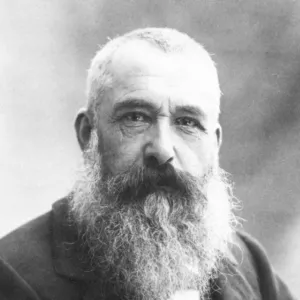


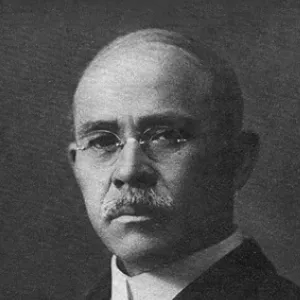

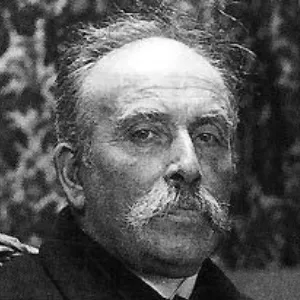




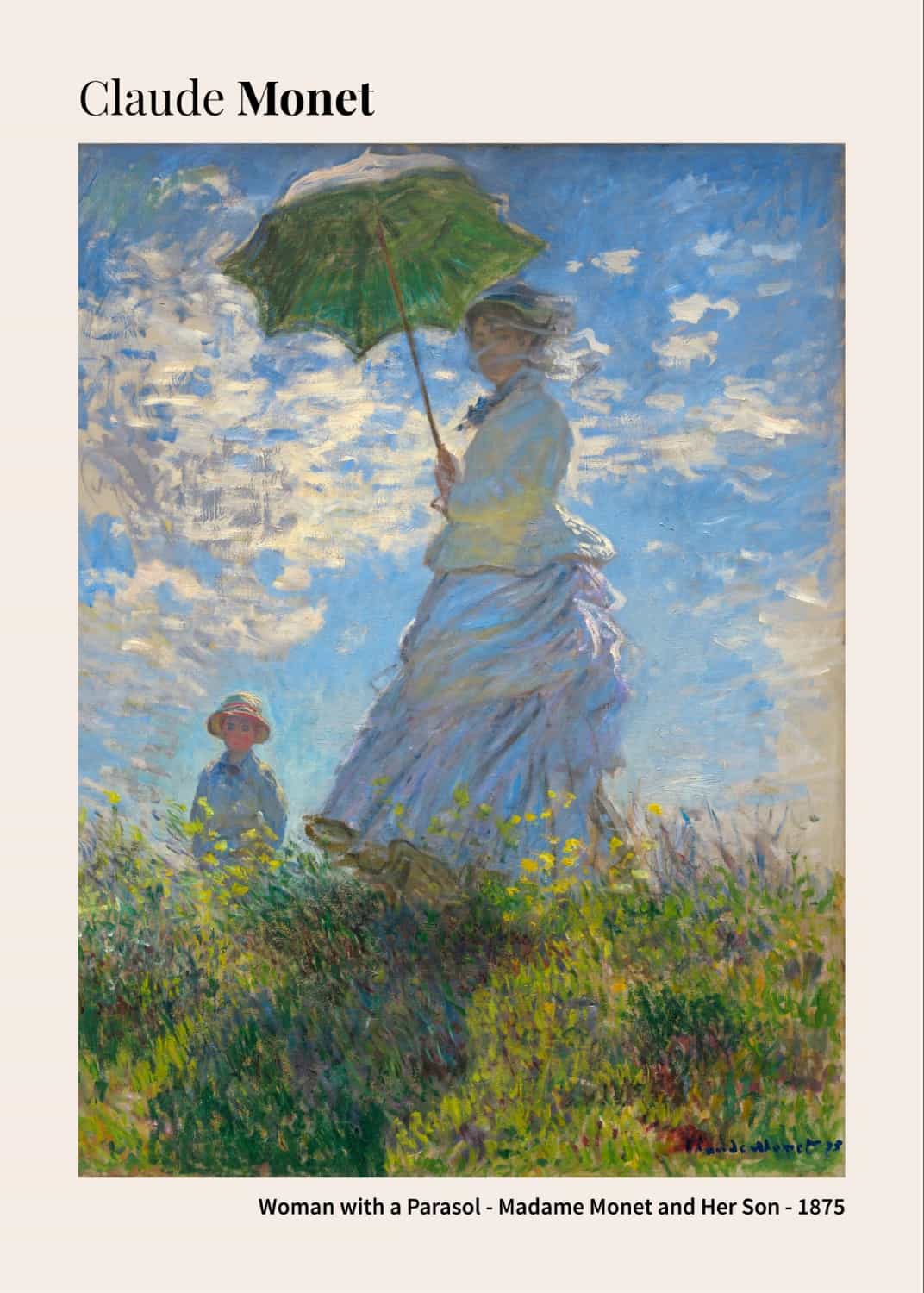

-1729784707174.webp&w=2048&q=50)

